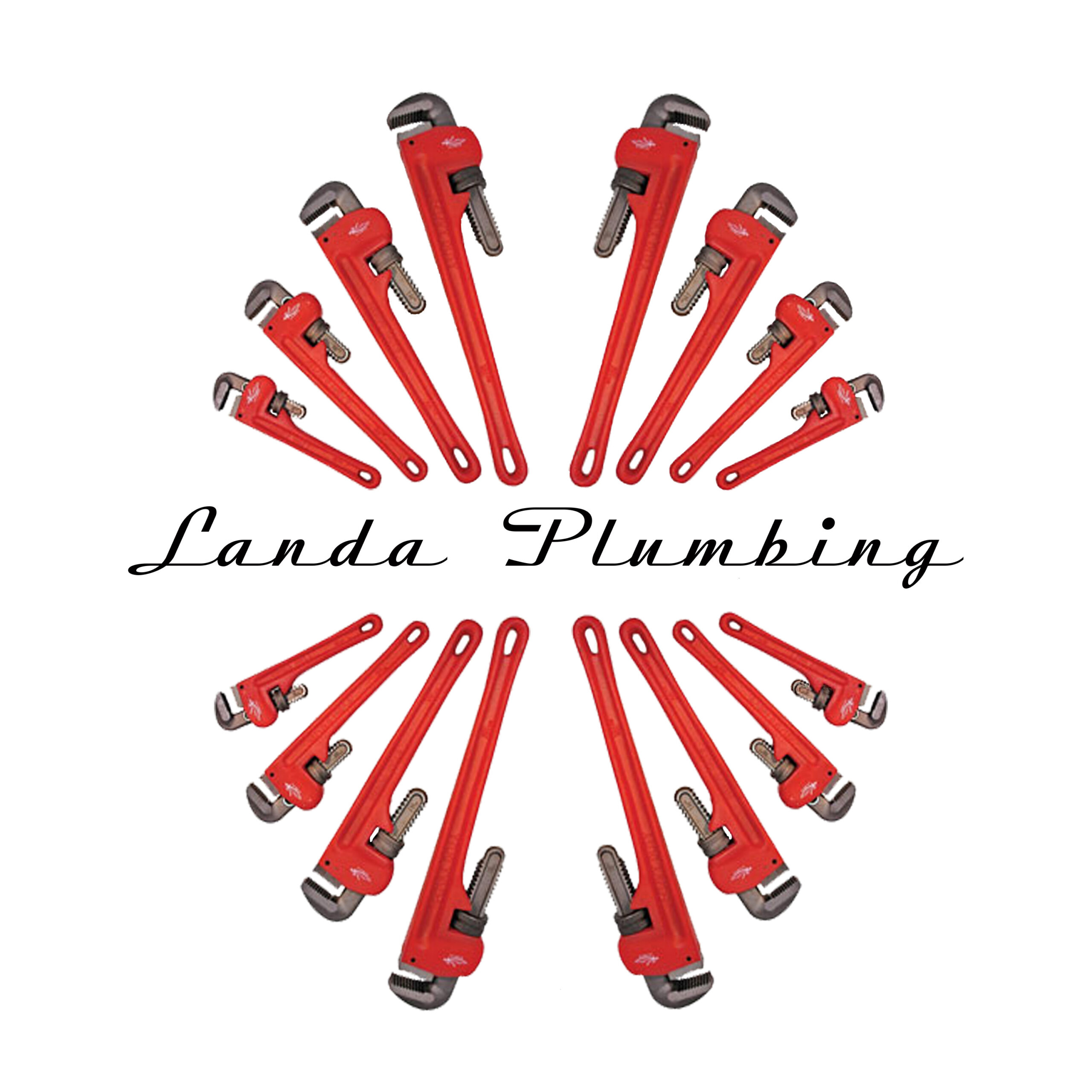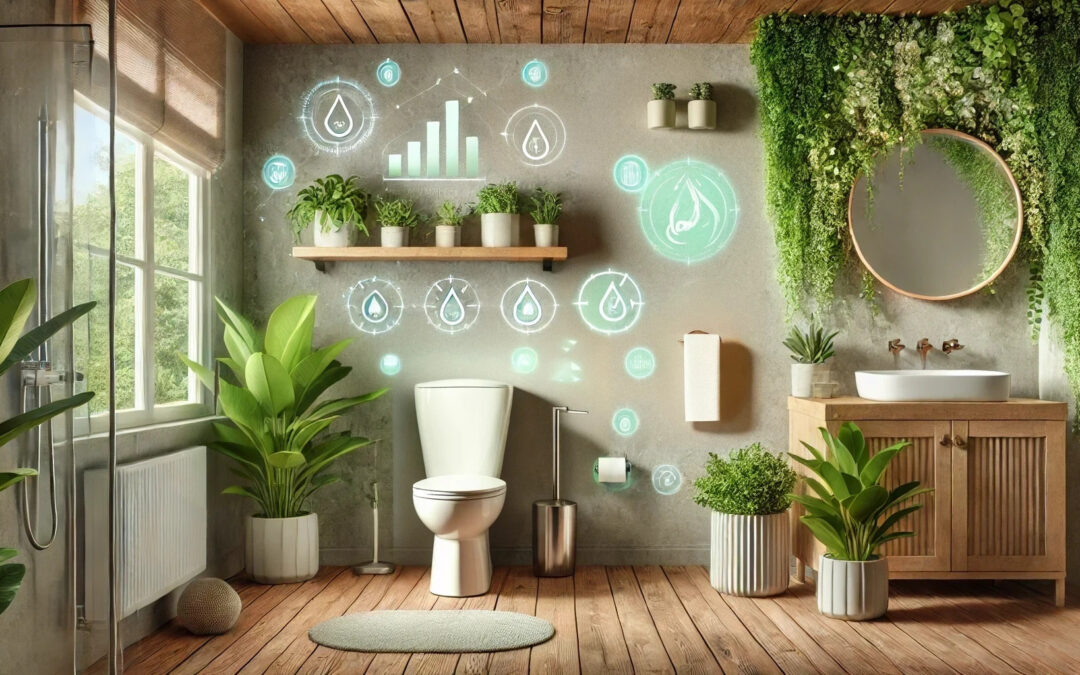Feeling the pinch of rising utility bills? You’re not alone. Energy and water costs are steadily climbing, making it more important than ever to find ways to make our homes more efficient. The good news is, there are simple steps you can take to save money and conserve precious resources.
In a growing trend, homeowner insurance companies are recognizing the value of water conservation. By implementing specific water-saving measures, you might be eligible for discounts or other benefits on your insurance premiums.
This blog will explore some easy and effective eco-friendly plumbing upgrades that can not only save you money on your water bill, but potentially lower your homeowner’s insurance costs as well.
Smart Water Monitor and Shut-Off: Your Home’s Water Guardian
Imagine having a 24/7 bodyguard for your home’s plumbing system. That’s essentially what a smart water monitor and shut-off device offers. This innovative technology goes beyond simply tracking water usage; it acts as a proactive defense against leaks and potential water damage.
Here’s how it works: a smart water monitor is typically installed on your main water line. It uses sensors to continuously monitor water flow throughout your house. Any unusual patterns, such as a sudden spike in water usage or a constant trickle when everything should be off, can trigger an alert.
These alerts can be sent directly to your smartphone app, allowing you to react quickly, even if you’re away from home.
But the real power of a smart water monitor lies in its ability to automatically shut off the water supply in the event of a major leak. This feature can be a lifesaver, preventing catastrophic damage from a burst pipe or a malfunctioning appliance. Imagine the peace of mind knowing that even a small leak won’t turn into a major flood while you’re on vacation.
The benefits of installing a smart water monitor extend beyond protecting your property. Many homeowner insurance companies recognize the value of these devices in preventing costly water damage claims. As a result, some companies offer discounts on premiums for homes equipped with smart water monitors. It’s always best to check with your specific provider, but the potential for lower insurance costs adds another layer of incentive to consider this smart home upgrade.
Low-Flow Toilets: Saving Water Without Sacrificing Performance
For decades, toilets have been notorious water guzzlers. Older models could use a staggering five or even seven gallons per flush, translating to a significant drain on both your water supply and your wallet. Thankfully, technology has come a long way, introducing low-flow toilets that offer dramatic water savings without compromising flushing power.
The current standard for low-flow toilets in the United States is a maximum of 1.6 gallons per flush (gpf). This represents a substantial reduction compared to older models, and the potential savings are significant. A family of four, for example, could save an estimated 20,000 gallons of water per year simply by switching to low-flow toilets. That translates to lower water bills and a reduced environmental footprint.
But how do low-flow toilets achieve this level of efficiency? Contrary to some early versions that were prone to clogs and multiple flushes, modern low-flow toilets utilize innovative design features to deliver exceptional performance. These features can include:
- Dual-flush mechanisms: Some models offer a choice between a full flush for solid waste and a partial flush for liquids, allowing you to tailor water usage to the specific need.
- Improved flushing technology: Advanced engineering, such as strategically placed water jets and wider flush valves, ensures a powerful and effective flush even with less water.
- High-efficiency bowl design: The shape and size of the bowl are optimized to promote better waste removal with less water.
So, if you’re concerned about water conservation but hesitant to sacrifice flushing effectiveness, rest assured that modern low-flow toilets offer an excellent solution. They deliver the performance you expect while significantly reducing your water consumption.
Energy-Efficient Showerheads: Making Every Drop Count
Showering is a daily ritual for most of us, which means it’s also a significant contributor to both water and energy consumption in our homes. Traditional showerheads can easily gush out upwards of 2.5 gallons of water per minute. The average shower length can range from 5 to 15 minutes, which translates to a surprising amount of water usage.
Here’s where the connection between water and energy comes in. Heating all that water for your shower requires significant energy from your water heater, typically fueled by electricity or gas. So, reducing water consumption through an efficient showerhead not only saves water, but also translates to lower energy costs.
Energy-efficient showerheads are designed to use significantly less water while still delivering a satisfying showering experience. They achieve this through a variety of innovative technologies:
- Flow restrictors: These clever devices limit the amount of water flowing through the showerhead without compromising water pressure.
- Spray pattern optimization: Modern showerheads employ strategically designed nozzles to create a wider, more encompassing spray pattern. This allows you to feel fully showered even with a reduced flow rate.
- Air infusion: Some models introduce tiny air bubbles into the water stream, creating a feeling of increased volume and pressure even with less water used.
The result? Energy-efficient showerheads can reduce water usage by as much as 50% compared to traditional models. This translates to significant savings on your water bill and a reduced demand on your water heater, ultimately leading to lower energy costs as well. The good news is that you don’t have to sacrifice a luxurious shower experience. Modern efficient showerheads offer a comfortable and refreshing spray pattern, proving that water conservation can go hand-in-hand with a satisfying shower.
Reap the Rewards of an Eco-Friendly Plumbing Upgraded Home
Upgrading your home’s plumbing system with water-saving technology offers a win-win situation. By installing a smart water monitor and shut-off device, low-flow toilets, and energy-efficient showerheads, you can achieve significant benefits:
- Reduced Water Consumption: These upgrades can dramatically reduce household water usage, leading to lower water bills and a positive impact on the environment.
- Energy Savings: By using less water, you’ll also reduce the energy demand on your water heater, which will translate to lower energy costs.
- Potential Insurance Discounts: Some homeowner insurance companies offer incentives for homes equipped with water conservation measures like smart water monitors.
Taking these steps towards a more eco-friendly plumbing system can be a cost-effective investment in the long run. The initial cost of the upgrades can be easily offset by the savings you’ll see on your water and energy bills, not to mention the potential reduction in insurance premiums.
If you’re interested in learning more about these upgrades and their suitability for your home, consider consulting a qualified plumber. A professional can assess your current plumbing system, recommend the most appropriate water-saving solutions, and handle the installation process for a smooth and efficient upgrade.
For expert advice and top-notch service, contact Landa Plumbing – your trusted partners in water conservation and plumbing efficiency.

